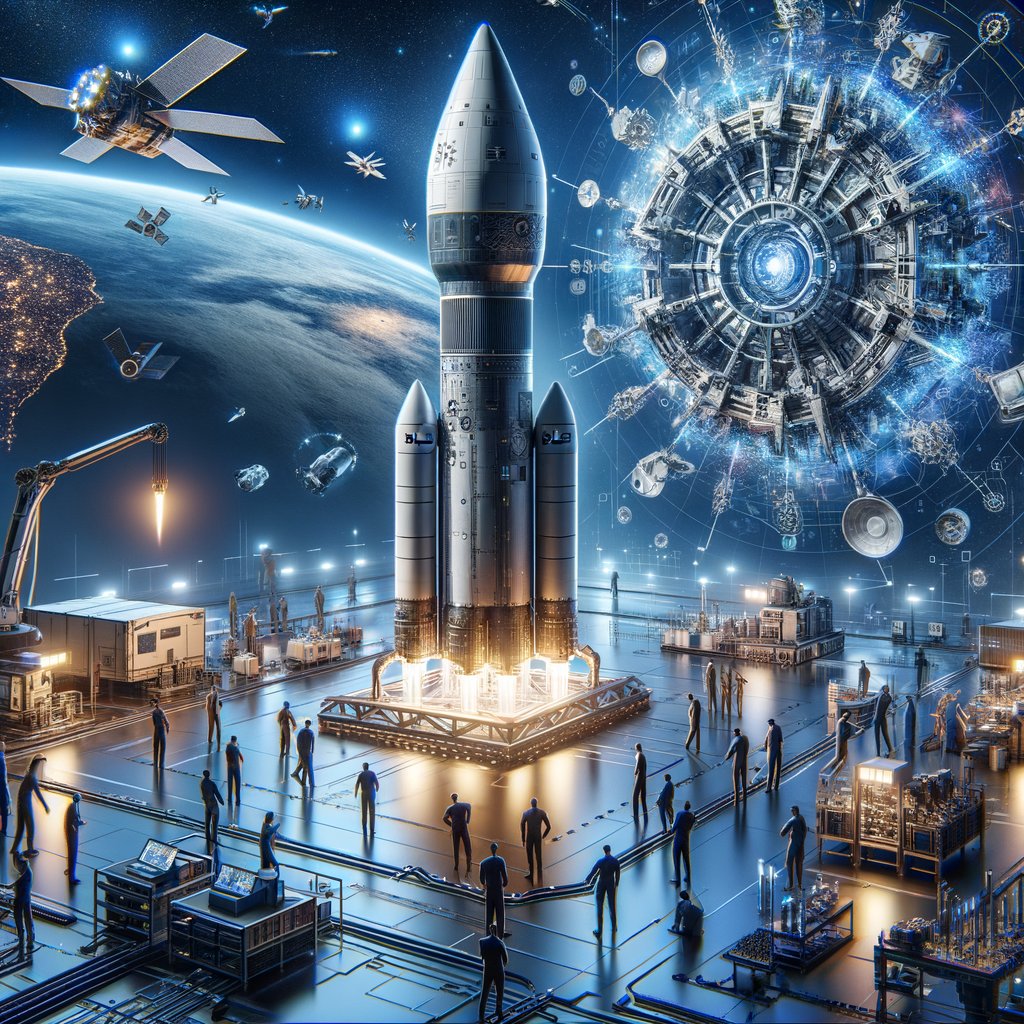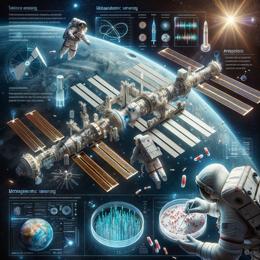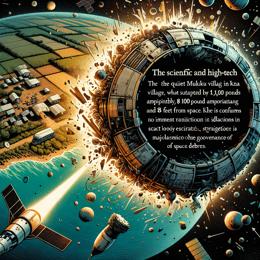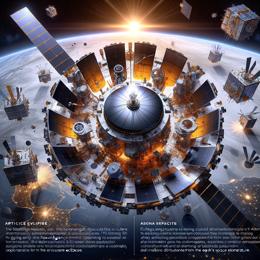Image created by AI
NASA Enhances Artemis Missions with SLS Block 1B and Innovative Manufacturing Techniques
NASA is gearing up for a monumental leap in its Artemis program with the introduction of the SLS (Space Launch System) Block 1B rocket. Designed to carry more than just the Orion spacecraft, this new version will significantly augment the capacity for lunar missions, beginning with Artemis IV, and set the stage for future manned missions to Mars.
The core of this advancement lies in the payload adapter developed at NASA’s Marshall Space Flight Center in Huntsville, Alabama. This adapter, which will hold both the Orion spacecraft and other critical payloads, utilizes pioneering technology to ensure adaptability and efficiency. It's primarily built from lightweight composite materials and is central to attaching significant payloads such as the Lunar I-Hab - a habitat module created by the European Space Agency (ESA). This module is crucial for the Gateway lunar space station, facilitating extended astronaut stays, scientific experimentation, and preparations for moon surface missions.
The SLS Block 1B is an upgrade from its predecessor, capable of carrying approximately 84,000 pounds in a single launch. This includes the crewed Orion spacecraft and a 10-metric-ton payload. The new version features a more potent upper stage, improving payload mass, volume, and energy capacities, which were limitations in early Artemis missions.
Incorporating cutting-edge manufacturing technologies has been pivotal for NASA. The payload adapter, for instance, uses structured light scanning for assembly - a method that involves a computer model to map out precise drill locations on parts. This technology not only accelerates production but also slashes costs and enhances flexibility in the manufacturing process. This adaptability is vital for NASA as payload specifications can vary between missions.
Moreover, NASA employs an automated placement robot to assemble the composite panels of the payload adapter. This robot ensures rapid and precise lamination, steering clear of the traditional, costlier methods of production. Such innovations underscore NASA's commitment to cost-effective solutions in constructing complex space mission components.
Another aspect of NASA's meticulous approach is the extensive testing of these components. A development unit of the payload adapter has already been tested successfully, bearing three times the expected load. This testing regime ensures that every part used in the SLS Block 1B meets NASA's rigorous standards, guaranteeing safety and functionality in the harsh conditions of space.
Overall, the innovations in SLS Block 1B and its components demonstrate NASA’s strategic advancements in space technology. With these developments, the Artemis program is well-poised to explore more of the Moon than ever before and lay the groundwork for the next big leap: human exploration of Mars.










